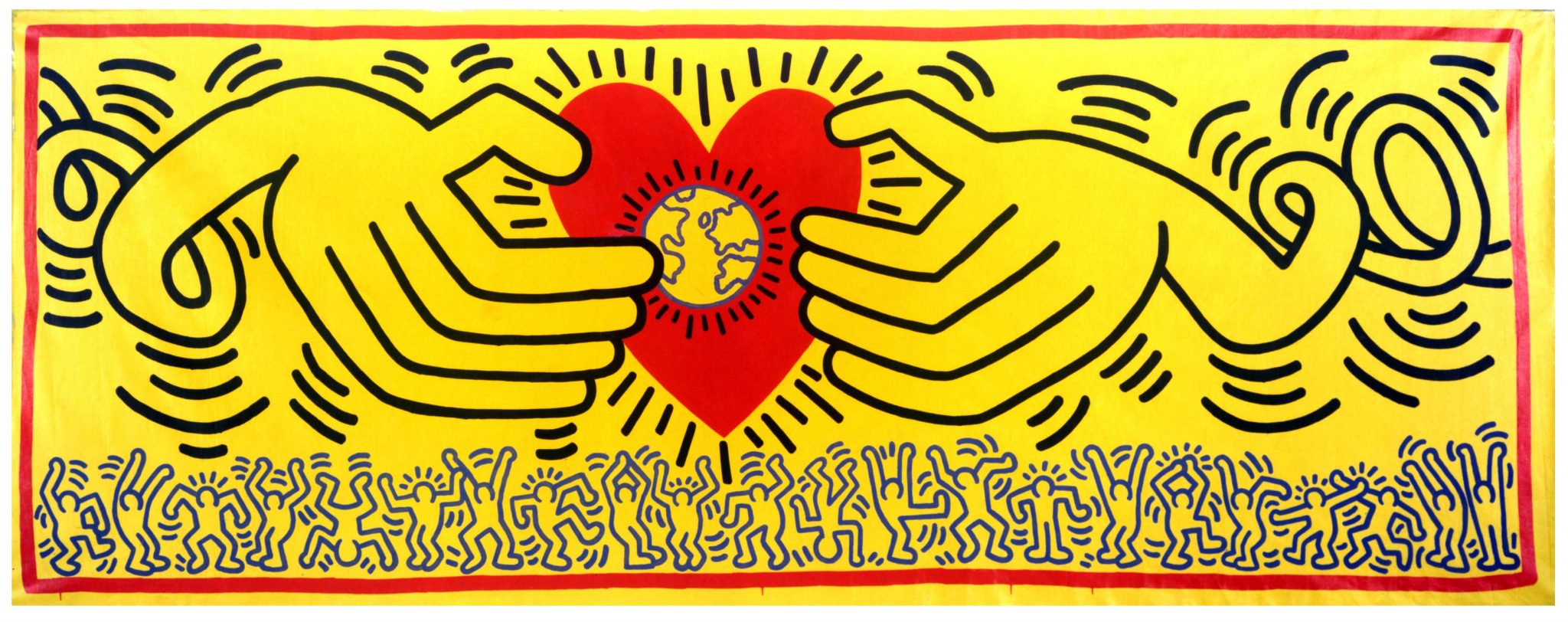Exhibitions that organise themselves around sociological issues are tricky propositions. Within them, works often function as props for a curator who wants to use socially relevant themes to increase his or her chances of appearing ready to oversee a biennale, especially when the title sounds as clever as Love Is Colder Than Capital. However, one is taught otherwise at the Kunsthaus Bregenz. The museum’s director, Yilmaz Dziewior, has transformed his house into a well- stocked freezer out of which one wants immediately to grab all the appetising packages (in the process inadvertently burning one’s fingers from the cold).
The title harks back to the play by René Pollesch, derived in turn from Rainer Werner Fassbinder’s well-known film Love Is Colder Than Death (1969). The subject: the aspect of calculation in personal relationships. Once the model for this was the marriage of convenience; now the modern person is simply in love with himself or herself. This all began during the early twentieth century, when goods were turned into objects of desire via advertising, and love rituals were increasingly surrounded by consumerism – a phenomenon that has reached a grotesque level in the Facebook era and, therefore, offers the cultural industry a welcome object of projection. Exhibitions like Privacy at the Schirn Kunsthalle, Frankfurt, or The New Public at Museion in Bozen/Bolzano (both 2012) have dedicated themselves to the dissolution of the boundary between private and public. Carmen Losmann’s documentary Work Hard – Play Hard (2012) tells of companies that force their employees into total identification through yoga and colourfully upholstered furniture. Work and free time become one – and with this, capital and affection, love and money. One thing is clear: while art during the 1970s still sought the streets in order to let the stench of the postwar era out of the living room, today it creeps under the bedsheets in order to air the last secrets of an exhibitionist human capital.
In Bregenz, the cold breeze flows through three carefully composed floors. On the first floor, Cathy Wilkes’s Turner Prize installation I Give You All My Money (2008) is like a frozen nightmare – two supermarket checkout counters become a place for food remains, and two mannequins
become desolate ice princesses. Before it, Isa Genzken’s hysterical assemblages Wind (C) and (D) (2009) tower three metres high like cheaply draped fetishes. And in Julika Rudelius’s film One of Us (2010), art-collector couples from Miami dramatically declare their love for each other as if David Lynch had personally directed them. Further up, the gigantic colourful, shimmering ball from Pascale Marthine Tayou’s Empty Gift (2013) hangs from the ceiling, surrounded by Cindy Sherman’s morbid portraits of rich ladies. Under the roof, Keith Haring crowns everything with a bright yellow six-metre-long canvas from which a red heart shines down like a false promise – directly onto a crude video installation by Neïl Beloufa in which patriotic residents of Vancouver become puppets for the city’s marketing.
Despite some weak points – one could have done without Ken Okiishi’s rotating euro coin as well as Minerva Cuevas’s kitten pictures – the show aims at pointing out a clear sensibility: the variable and rich combination of clanking cold and a darkness hovering in the wings. The line between love and calculation is thin but miles deep. The temperatures end up – à la Bret Easton Ellis – at less than zero on the ground floor, where a circle of monitors shows Andy Warhol’s 15 Minutes (1985–7), in which promises of beauty, fame and romance cover for icy consumerism. If this is love, we’d rather take the money.
This article was translated from the German by Emily Luski, and first published in the May 2013 issue.
